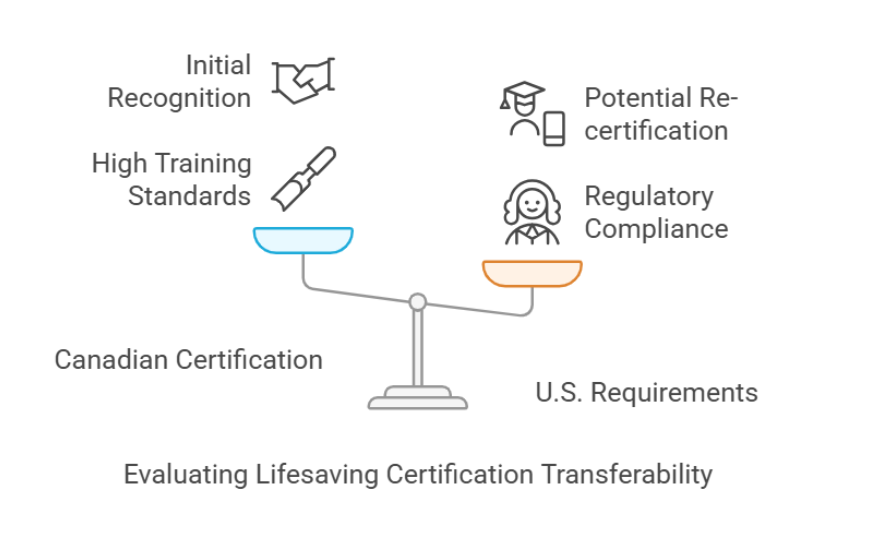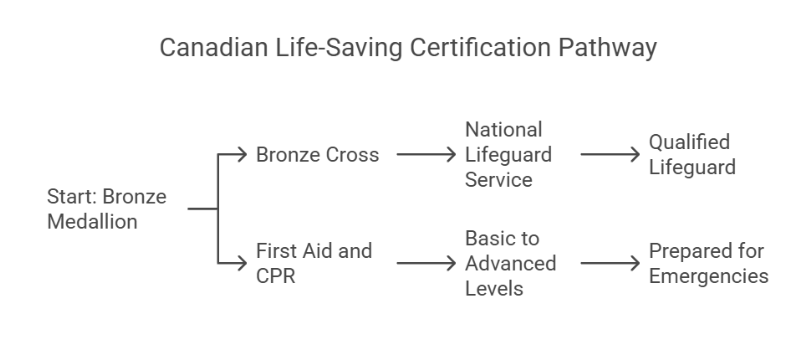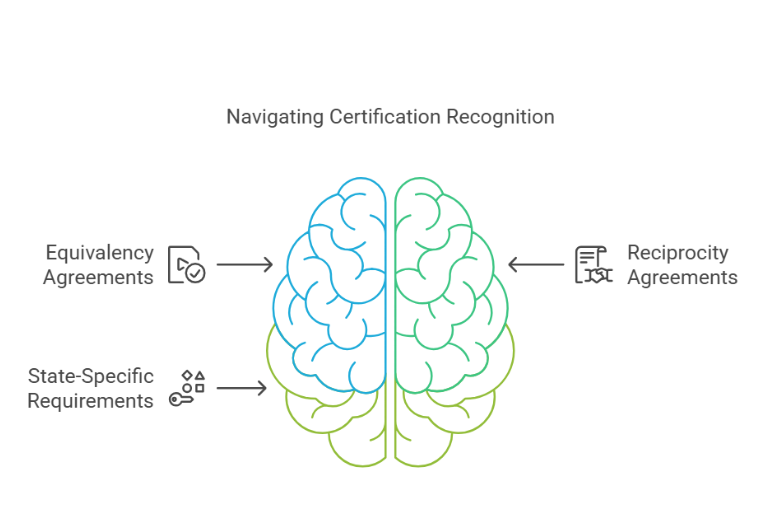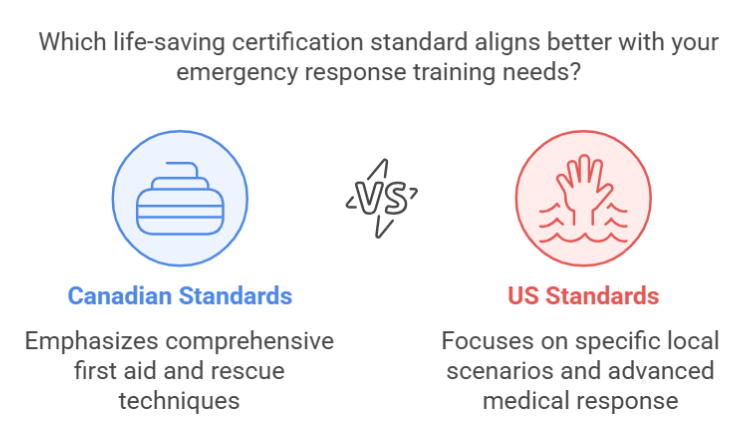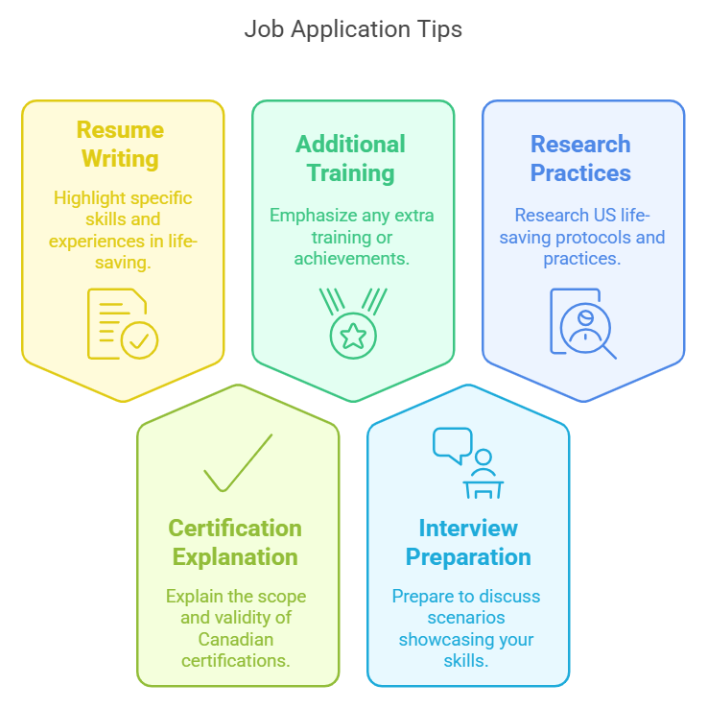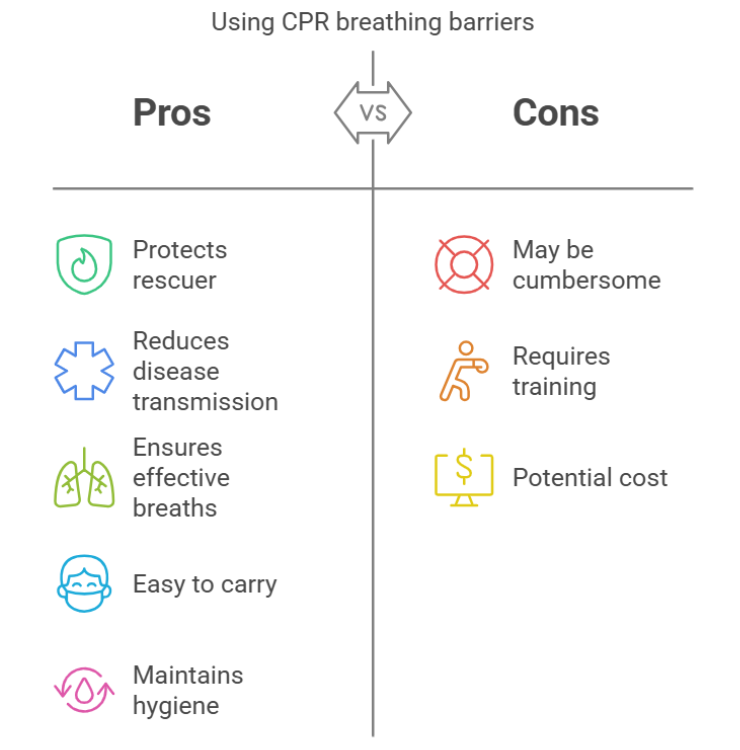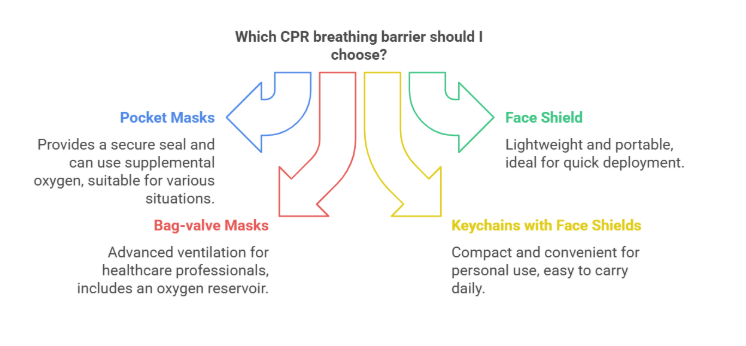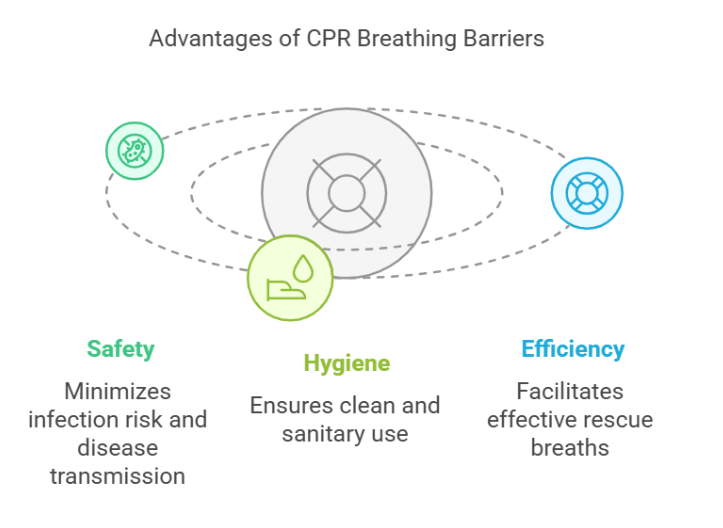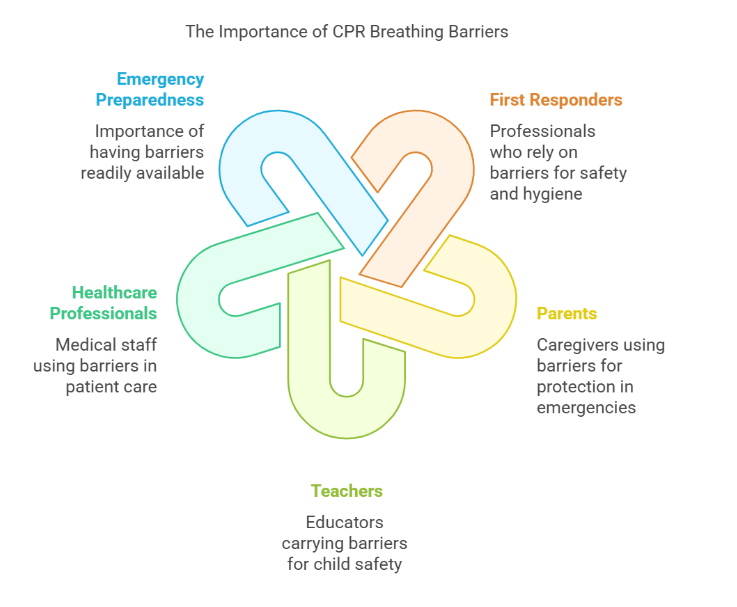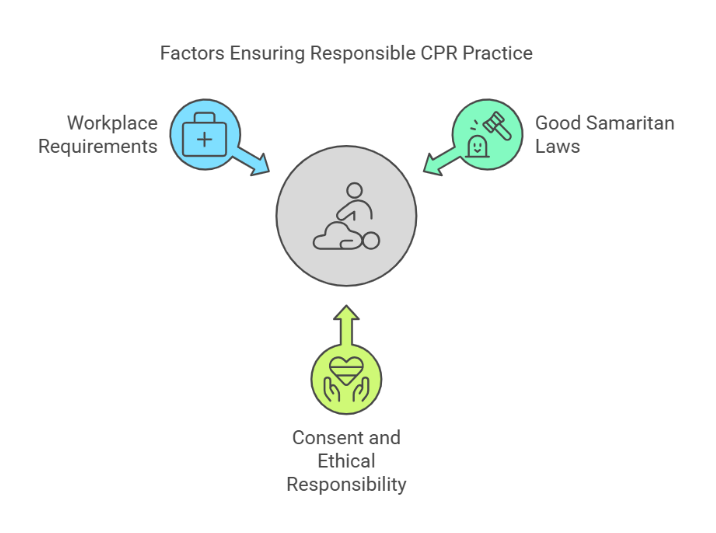CPR certification is essential for anyone needing to respond to a medical emergency, but many wonder: Does CPR certification expire? The answer is yes. Most CPR certifications are valid for two years, after which they must be renewed to ensure skills remain current.
Renewing CPR certification is crucial because guidelines and techniques can change over time. Without a valid certification, you may not be qualified to perform CPR in workplaces that require it, such as healthcare facilities, schools, and specific job sites. Letting your certification expire could also mean losing valuable life-saving knowledge.
Understanding when and how to renew your CPR certification helps you stay prepared. Whether you’re a healthcare professional, teacher, or concerned citizen, keeping your certification current ensures you can act confidently in an emergency. This article covers everything you need to know about expiration dates, renewal options, and why staying certified is necessary.

Understanding CPR Certification
CPR certification verifies that you have been trained in cardiopulmonary resuscitation (CPR) and can perform it correctly in emergencies. It is issued by organizations like the American Heart Association (AHA) and the Red Cross after completing a all the stages of the skills test.
CPR certification is vital because it prepares you to act quickly during life-threatening situations, such as cardiac arrest or drowning. Many workplaces, including healthcare facilities, schools, and fitness centers, require employees to be certified. However, a common question people ask is: When does CPR certification expire?
Most certifications are valid for two years, meaning you must renew them before they lapse. Renewing CPR certification ensures you stay updated on the latest techniques and guidelines. If your certification expires, you may need to retake the course instead of a shorter renewal class. Keeping your certification current helps you stay confident and ready to save lives.
How Long Does CPR Certification Last?
A common question people ask is: How long does CPR certification last? Most CPR certifications, including those from the American Heart Association (AHA) and Red Cross, are valid for two years. Some industry-specific certifications, such as those required by OSHA, may have additional renewal requirements.
To stay compliant, you must complete a renewal course before your certification expires. If it lapses, you may need to retake the entire training. Knowing how to renew your CPR certification helps ensure you remain qualified to perform life-saving measures when required. Checking your expiration date regularly can help you plan for renewal in advance.

Why Does CPR Certification Expire?
CPR certification ensures that individuals maintain their skills and stay updated. Over time, people may forget key steps and industry standards often change based on new research.
Expiration also ensures legal compliance, as many workplaces require current certification. If your certification expires, you may not be eligible to perform CPR in professional settings. Understanding how to renew CPR certification is essential for staying prepared. A renewal course before expiration helps refresh your knowledge and keeps you confident in an emergency.
How to Check Your CPR Certification Expiry Date
Many people ask: Does CPR certification expire? Yes, and checking your certification status regularly ensures you stay compliant. Most certification providers, such as the American Heart Association (AHA) and Red Cross, offer online lookup tools where you can verify your expiration date.
You can also check your certification card or contact the organization that issued it. Employers may keep records of employee certifications, so you can ask your HR department if needed. Staying aware of your expiration date helps you plan and avoid the need to retake an entire course instead of a shorter renewal class.

Consequences of an Expired CPR Certification
Letting your CPR certification expire can lead to serious consequences. Many jobs, especially in healthcare and education, require a valid certification to meet workplace safety standards. An expired certification could result in job suspension or loss of employment.
Beyond workplace implications, an outdated certification could lead to liability risks in an emergency. If you perform CPR incorrectly due to forgotten skills, you may not be legally protected under Good Samaritan laws. Keeping your certification current prevents skill degradation and ensures you’re always ready to respond effectively in a life-threatening situation.
How to Renew Your CPR Certification
Knowing how to renew your CPR certification is essential for maintaining your qualifications. Many providers, including the AHA, Red Cross, and OSHA-approved programs, offer online and in-person renewal courses.
Online courses provide flexibility, but some may require in-person skills tests. In-person classes offer hands-on practice with trained instructors. To renew, you must complete a refresher course before your certification expires. You may need to retake the full training if it has already lapsed. Renewing on time ensures you comply with workplace requirements and remain confident in your CPR skills.
Cost of CPR Certification Renewal
The cost of renewing CPR certification varies based on the provider and course format. Typically, renewal courses range from $40 to $100, with in-person classes often costing more than online options.
If you’re asking, How long does Basic Life Support (BLS) certification last?—it’s generally two years, similar to standard CPR certification. Many employers cover renewal fees for required certifications, and some organizations offer financial assistance or discounted group rates. Checking with your employer or local training centers can help you find affordable options. Investing in renewal ensures you remain prepared to respond in emergencies.
Differences Between Initial Certification and Renewal
You may notice differences from the initial course when renewing your CPR certification. Renewal courses are typically shorter because they focus on refreshing your skills rather than teaching everything from the beginning. While first-time certifications cover detailed instruction, renewals emphasize updated guidelines and hands-on practice.
A common question is: Does CPR certification expire? Taking a renewal course before expiration can save time and money. If your certification lapses, you may need to retake the course instead of a shorter refresher class. Staying current ensures you are always prepared for emergencies.

Can You Work With an Expired CPR Certification?
Many jobs, especially in healthcare, education, and fitness, require a valid CPR certification. If your certification expires, you may be ineligible to work until you renew it. Employers often check certification status to ensure compliance with state regulations and workplace policies.
If you’re wondering how to renew your CPR certification, most providers offer quick refresher courses to help you regain compliance. However, if your certification has been expired for too long, you may need to complete the entire training again. Checking your expiration date regularly helps avoid job-related disruptions.
Fast-Track CPR Renewal Options
If your certification is about to expire, fast-track renewal options can help you recertify quickly. Many providers offer expedited courses, which are shorter than standard training sessions. Some workplaces also provide on-the-job recertification, allowing employees to renew during work hours
For those asking, How long does Basic Life Support (BLS) certification last?—it’s typically two years, similar to standard CPR certification. Specific programs allow refresher training if your certification has expired instead of retaking the entire course. Checking with your provider can help you find the fastest renewal option available.
Online vs. In-Person CPR Renewal: Pros & Cons
When considering renewing your CPR certification, you can choose between online and in-person courses. Online courses have flexibility and can be completed at your will but some may require an in-person skills test for full accreditation.
In-person classes provide hands-on practice with trained instructors, crucial for mastering CPR techniques. Employers and licensing agencies may prefer in-person training for credibility. If you’re wondering how long the Basic Life Support (BLS) certification lasts, it’s typically two years, so choosing the best renewal option ensures you stay compliant and prepared.
Special CPR Certifications
Beyond standard CPR certification, healthcare professionals are required to have specialized certifications like Advanced Cardiovascular Life Support (ACLS), Basic Life Support (BLS), and Pediatric Advanced Life Support (PALS). If you’re wondering, how long does Basic Life Support (BLS) certification last? It typically expires after two years, just like ACLS and PALS.
Does CPR certification expire for these advanced courses? Yes, and renewal is crucial to maintaining competency in high-risk medical settings. How to renew CPR certification for BLS, ACLS, or PALS depends on your provider, but renewal courses typically involve online learning and in-person skills testing.
CPR Certification for Healthcare Professionals vs. General Public
CPR certification varies by profession. Healthcare professionals need BLS certification, which includes high-quality CPR, AED use, and team-based resuscitation. General public courses cover hands-on CPR and essential emergency response.
How long does Basic Life Support (BLS) certification last? It expires every two years and requires renewal to stay valid. If you’re asking how to renew CPR certification for healthcare roles, you’ll likely need an in-person skills test. General public courses may offer full online renewal options for convenience.

CPR Certification for Employers & Workplace Compliance
Many industries require CPR certification to meet OSHA standards and workplace safety policies. Employers must ensure workers are trained and certified to respond to emergencies. If you’re wondering If CPR certification expires, employers must track expiration dates to maintain compliance.
How to renew CPR certification for workplace compliance depends on your industry. Some employers offer on-site training or group renewal courses to keep employees up to date. Checking workplace policies ensures you renew on time and comply with OSHA regulations. Keeping certification current helps prevent legal risks and ensures workplace safety.
Staying Certified: Tips for Keeping CPR Skills Sharp
Renewing your CPR certification is essential, but practicing regularly helps keep your skills sharp. Attending refresher courses between renewals can prevent skill degradation and ensure you’re ready in an emergency.
If you’re asking, How long does Basic Life Support (BLS) certification last?—it’s two years, but regular practice improves retention. Following the latest CPR guidelines from the American Heart Association (AHA) ensures you stay updated on best practices. Checking expiration dates, participating in mock drills, and reviewing CPR steps periodically can help you maintain confidence in life-saving situations.
FAQ:
1. How do I know when my CPR certification expires?
You can check your CPR certification card, which lists the expiration date. Many organizations, like the American Heart Association (AHA) and Red Cross, offer online lookup tools to verify your status. Contact your certification provider or employer to confirm your renewal deadline if unsure.
2. What happens if my CPR certification expires?
If your CPR certification expires, you may be ineligible to work in jobs that require it, such as healthcare or education. Additionally, you may need to retake the entire course instead of a shorter renewal class. Expired certification can also lead to liability risks in an emergency.
3. Can I renew my CPR certification online?
Yes, many providers offer online CPR renewal courses, but some may require an in-person skills test for full certification. Organizations like the AHA and Red Cross provide blended learning options, allowing you to complete coursework online and attend a short hands-on session to demonstrate CPR skills.
4. How much does CPR certification renewal cost?
CPR certification renewal costs vary by provider, typically from $40 to $100. Online courses are more accessible than in-person training. Some employers may cover renewal costs, and discounts or financial assistance programs may be available for those needing work or community service certification.
5. How long does it take to renew CPR certification?
Renewal courses are usually shorter than initial certification and take 1 to 3 hours to complete. Online courses can get completed at your own pace, while in-person renewal classes typically last a few hours. Some workplaces offer on-site training for quick and convenient recertification.
6. Can I renew my CPR certification after it expires?
Yes, but if your certification has expired for too long, you may need to retake the full course instead of a shorter renewal class. To avoid extra time and costs, check with your provider about how to renew your CPR certification and complete the process before your expiration date.

